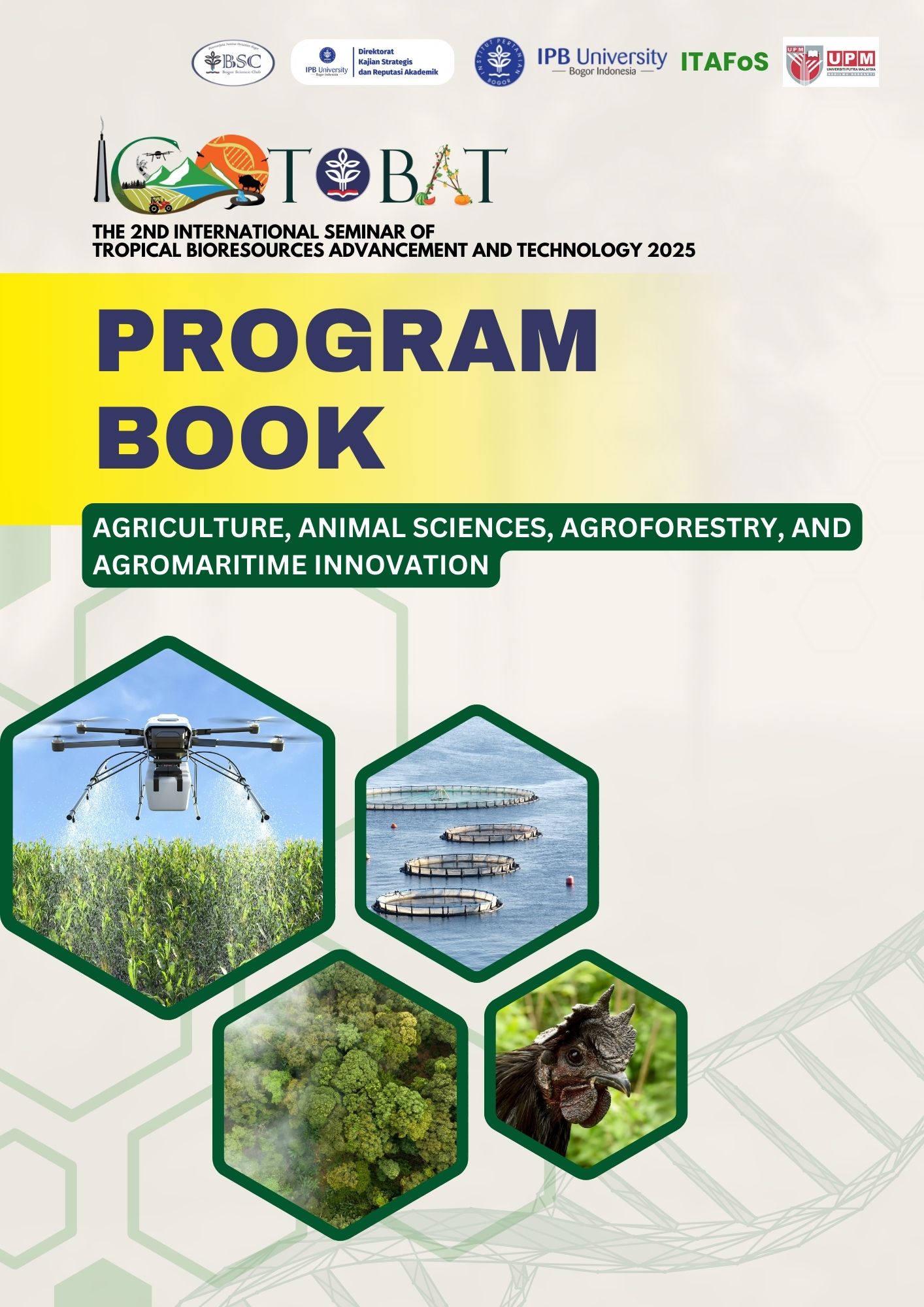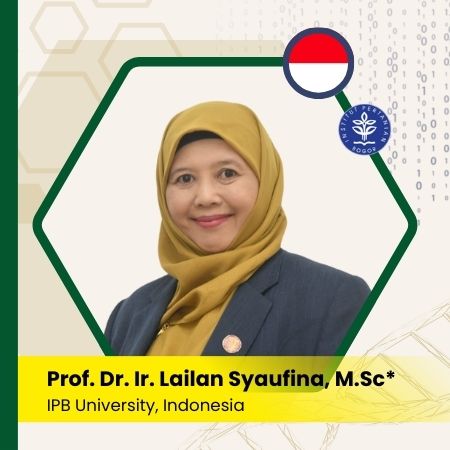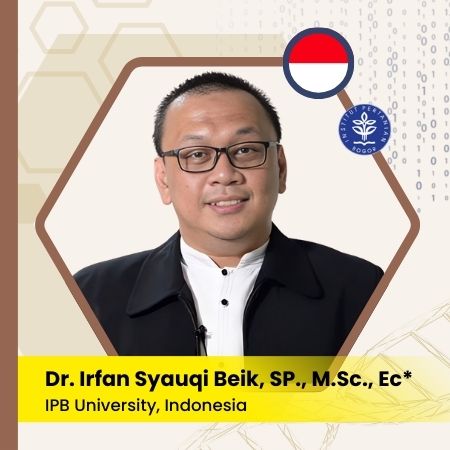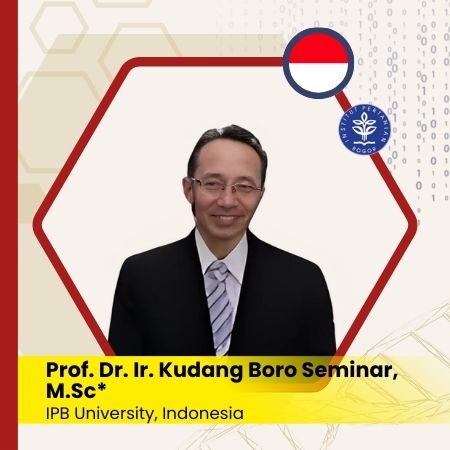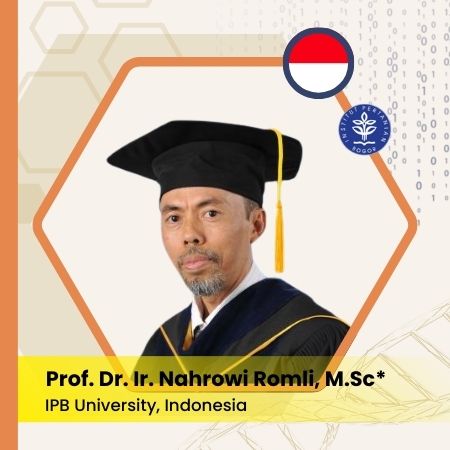Macrozoobenthos of Bojong Salawe Estuary: Unveiling Genus Composition and Its Relationship with Aquatic Ecosystems
Keywords:
Bojong Salawe Estuary, Dissolved Oxygen, Macrozoobenthos, Principal Component Analysis (PCA), SalinityAbstract
Macrozoobenthos play a crucial role in aquatic nutrient cycles and serve as indicators of ecosystem health. This study aims to reveal the community structure of macrozoobenthos in the Estuarine Waters of Bojong Salawe and then examine its relationship with environmental conditions. For the first time, this research is conducted in Bojong Salawe Estuary, Pangandaran, to gain a deeper understanding. The research was carried out in October-November 2024, with four research stations established. Station I is located in the local fishing boat shipping lane with a sandy coral fragment substrate. Station II is in a dense mangrove area with a muddy substrate. Station III is situated in the local fishing boat docking area with a sandy substrate. Station IV is near restaurants/settlements with a sandy-muddy substrate. Macrozoobenthos samples were collected using a 1 x 1 meter plot method with three repetitions. Environmental parameters measured include temperature, salinity, pH, Dissolved Oxygen (DO), and environmental conditions. The analysis conducted includes ecological indices (abundance, diversity, dominance, and evenness) and statistical analysis (cluster analysis and Principal Component Analysis/PCA). The results show that environmental parameters across the four stations include water temperature ranging from 28.8°C to 29.7°C, salinity ranging from 19 to 21 ppt, pH ranging from 7.2 to 7.9, and Dissolved Oxygen (DO) ranging from 5.8 to 7.4 mg L-1. The ecological indices, including total density and dominance values of macrozoobenthos, were highest at Station II (200 individuals/m²; 0.33). Conversely, the lowest diversity and evenness indices were recorded at Station II (1.46; 0.54). Four macrozoobenthos genera with the highest density were identified: Cerithium, Pagurus, Faunus, and Cerithideopsilla. PCA results indicate that salinity and DO are the most influential factors affecting the macrozoobenthos community structure at the study site.

